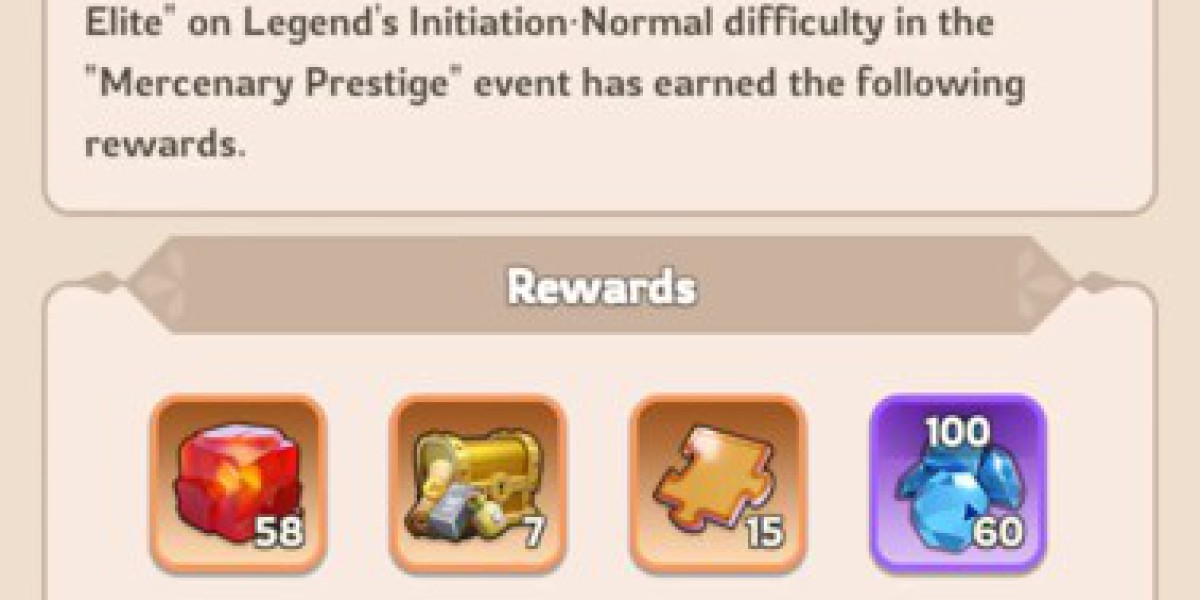Creating custom embroidery patches is a fun and creative way to personalize clothing, accessories, or merchandise with unique designs, logos, EMB PATCHES or artwork. Whether for a business, a hobby, or personal use, the process can be simple when broken down into key steps.
Step 1: Concept and Design The first step in creating custom patches is developing a clear concept or design. Think about the purpose of the patch—whether it’s for branding, a team logo, a club insignia, or purely decorative purposes. Start by sketching your ideas on paper or using graphic design software to create a digital version of the design. Keep in mind that embroidery patches are created by stitching thread, so complex details or very fine lines may not translate well. Bold, simple designs with distinct colors are often the most effective. Popular design tools like Adobe Illustrator, CorelDRAW, or even free software like Canva can be used to create high-resolution vector files, which are ideal for embroidery.
Step 2: Choose the Patch Shape and Size Once the design is finalized, decide on the shape and size of the patch. The size depends on where the patch will be applied and the level of detail needed. Common shapes include circles, squares, rectangles, and shields, but custom shapes are also possible. Keep in mind that the larger the patch, the more detail can be included, but this will also increase the cost and production time. Typical patch sizes range from 2 to 5 inches, with smaller patches used for accessories and larger ones for jackets or uniforms.
Step 3: Select Thread Colors and Materials The next step is to choose the thread colors and materials. Most embroidery patch manufacturers offer a wide range of thread colors to match the design accurately. It’s essential to provide the Pantone or specific color codes for accuracy. Additionally, you’ll need to decide on the background material for the patch. Common materials include twill, felt, or cotton, each providing a different texture and appearance. The patch’s edge, known as the merrowed edge or a heat-cut edge, can be selected based on your preference. Merrowed edges are thicker and more durable, while heat-cut edges are ideal for more complex shapes.
Step 4: Backing Options Patches can be applied to garments in several ways, depending on the backing you choose. Some popular options include:
Iron-on backing: This allows you to apply the patch with an iron, which is convenient for one-time applications.
Velcro backing: This is useful for patches that need to be removable or interchangeable.
Sew-on backing: A traditional option where the patch is sewn directly onto the fabric for a permanent attachment.
Adhesive backing: These patches come with a sticky surface and can be applied like a sticker but are not as durable.
Step 5: Production and Quality Check Once all the details are finalized, the design is digitized for embroidery machines to stitch. Each color and detail are programmed into the machine, and a sample patch is created for approval. The manufacturer may provide a physical or digital proof for review. After approval, the final production run begins. Ensure the manufacturer conducts a quality check to verify the stitching, colors, and backing are all correct before completing the order.
Step 6: Application Finally, apply the patch to your desired garment or accessory. Iron-on patches are applied using heat, while sew-on patches require stitching either by hand or with a sewing machine. Make sure the surface is clean and smooth for the best results.



